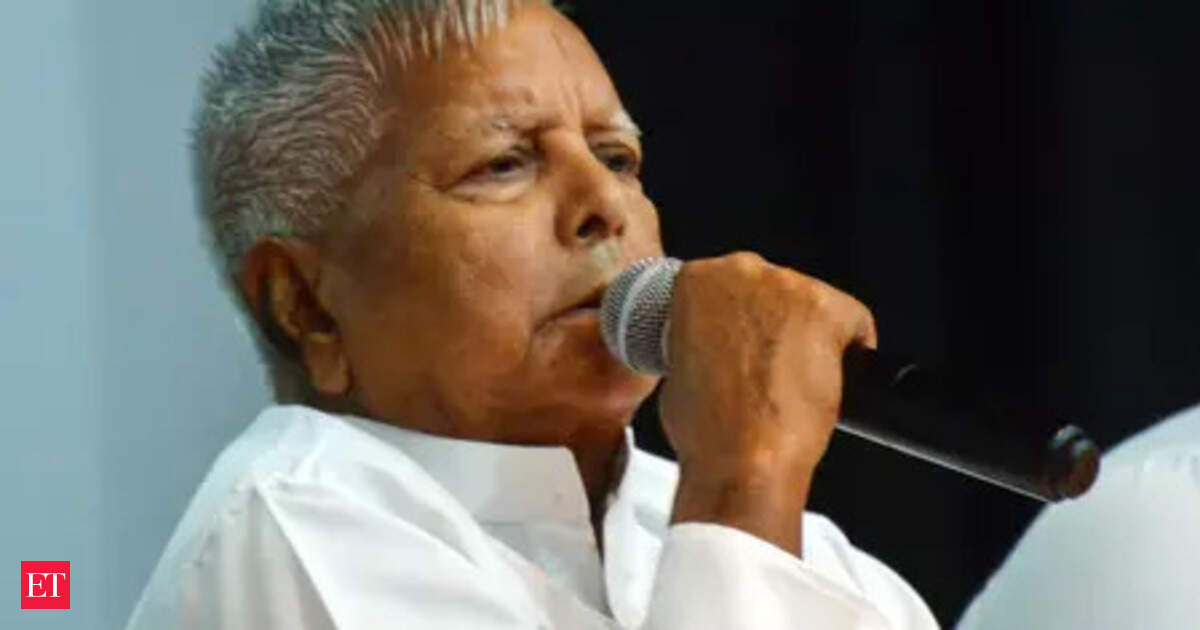Among midcaps and smallcaps, investors are very eager to know what is going to happen next in the case of consumption. That is a theme a lot of experts and fund managers are betting on especially in the second half of this current financial year. What is your take on these two specific market caps and the consumption theme?
Shiv Chanani: So, yes, we are clearly excited about all the three themes that you talked about – midcap, the smallcap, and the consumption part of it. While you talked about the second half and things like that, we look at them more as a structural story. If you think about India from the next five years, ten years perspective, there is no reason why all these themes should not deliver very handsome returns to the investors.
From a pure fact that India is one of the largest and the best growth economies when you consider most of the major economies and the demographics which all of us have talked to death in terms of the theme playing out. All the necessary and sufficient conditions are in place for all these themes to continue to do well in the foreseeable future.
Indian markets and their performance were mixed compared with the other Asian markets. When I say mix, the tilt is towards being rational and mature. Having said so, a lot of global developments are happening. Look at the tariff scenarios and the contingent uncertainties. How do you see the markets placed and what is your view on the tariff front?
Shiv Chanani: The way one has to look for the tariffs is that India’s share in the global exports is not very significant and in the US as well. In that sense, it comes as a blessing in disguise for India that yes, there may be certain pockets which may or may not get impacted depending on how the tariff equations ultimately play out, but fortunately for us this is not going to be a big headwind when we think from an economic perspective, that is number one.
Number two, even within that framework, slowly but surely we are seeing countries reaching a certain kind of an agreement on tariffs and India is not going to be any different. Of course, there can be tough negotiations at certain points of time and the US may take their own sweet time to come to a conclusion. But I do not think that we need to be really worried about the significantly adverse impact of any tariff outcomes from an India perspective.
How do you see markets in the lens of valuation? There has been a lot of debate on whether or not India is expensive. Is it like Mumbai realty where everybody says it is expensive but still wants it?
Shiv Chanani: When we look at an absolute valuation, people often talk about PE as a valuation metric for want of probably better metrics. The basic thing is we cannot look at this particular metric in isolation. We have to look at it in relation to something like an ROE, ROC because that is the measure of capital efficiency. If I am putting in 100 bucks, what is the kind of capital efficiency I am getting in a market like India compared to any other market? That is number one.
Number two, one needs to look at a lot of the other concomitant aspects like how easy or difficult it is to take money out of this particular market. It is something that a lot of people have discussed over last 12 to 18 months that there is a lot of selling by the private equity investors in the secondary market, but that should also be looked up as a positive. It gives confidence to the investors that they can invest in India; can make money out of India, and then sell and exit as well. It is not just about paper money, it is money which they can cash in.
If you think about all these concomitant aspects and variables, then you would realise why India commands this kind of a premium in valuations and why these valuations can sustain over a long period of time.
Since you are with us, we also would like to know your cash on the books. How much cash are you sitting on and what is the AMC principle as far as being fully invested is concerned or holding on cash to a certain extent is concerned?
Shiv Chanani: We are sitting on 4-5% cash depending on which particular fund that we are looking at and, of course, as a risk metrics, we have our own internal limits till which level we can go up to in terms of cash and of course, within those limits, it is the market sentiments and our outlook on the market which determines what is the kind of cash levels that we keep.Talking about your strategy and style of investing, while we deep dive, it says that you are in search of companies with superior and sustainable earnings growth with strong management at reasonable valuations. Having said that, can you help us draw a strategy while creating a long-term portfolio?
Shiv Chanani: For an investor putting money into mutual funds, the most important thing is to understand what their investment objective is and the time horizon. Any investment decision has to be an outcome based on these parameters. We keep saying that if one is looking at midcap and smallcap space or any other sector specific themes, the minimum time horizon that an investor should have is around three to five years because that is the time frame within which, one can scale up their businesses and also typically five years will be a period for one complete economic cycle. Unfortunately, even if somebody’s entry into the market is just at the beginning of a bad economic cycle, given sufficient time, things will even out over a period of time.
That is the reason we typically talk about a horizon of three to five years, preferably five rather than a three-year time horizon and that is what the investor should focus on. But the most important thing is the investment objective and the time horizon.




